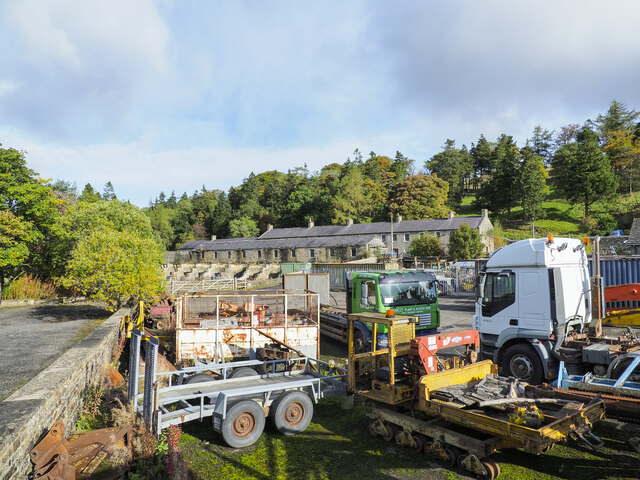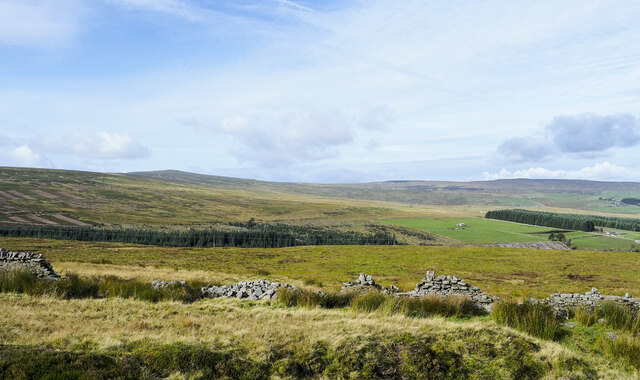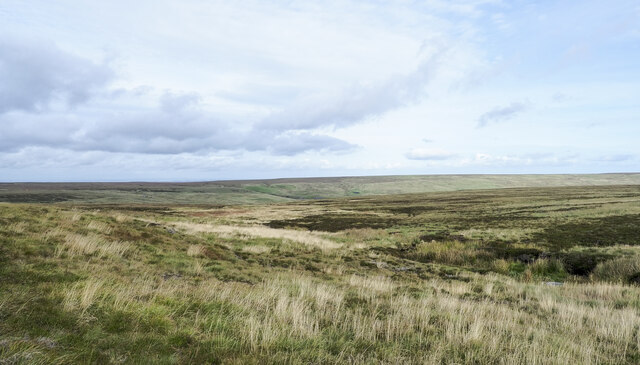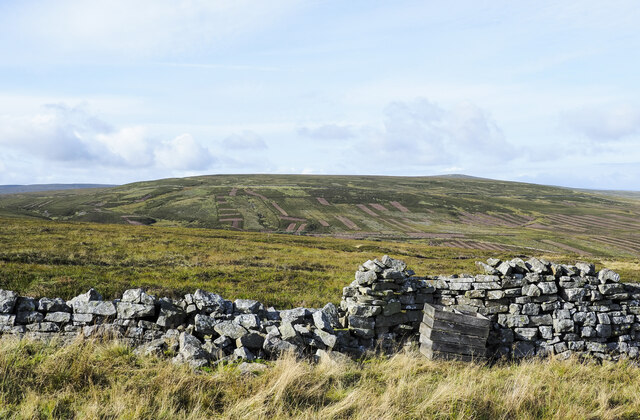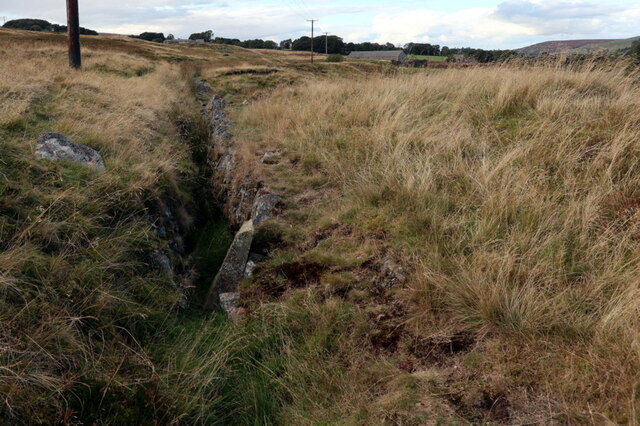Eastend Reservoir
Lake, Pool, Pond, Freshwater Marsh in Northumberland
England
Eastend Reservoir
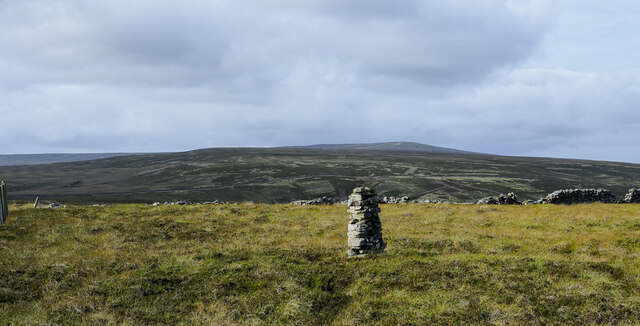
Eastend Reservoir, located in Northumberland, is a picturesque freshwater marsh encompassing a sprawling area. This magnificent body of water, often referred to as a lake, pool, or pond, is a haven for nature enthusiasts and a vital ecosystem for various species. It spans approximately 50 acres and offers breathtaking views of the surrounding landscape.
The Eastend Reservoir is fed by several small streams that trickle down from the nearby hills. The water in the reservoir is primarily sourced from rainwater runoff, ensuring a constant supply of freshwater. This makes it an ideal habitat for a diverse range of aquatic plants and animals.
The reservoir is home to numerous species of fish, including trout, perch, and pike, attracting anglers from far and wide. Its calm and serene waters also provide a perfect opportunity for boating and kayaking. Visitors can rent boats or bring their own to explore the reservoir and its surrounding marshland.
The marshland surrounding the reservoir is a haven for various bird species, making it a popular destination for birdwatching enthusiasts. In particular, the area is known for attracting herons, kingfishers, and ducks. The marshland also supports a vibrant ecosystem of insects, amphibians, and reptiles.
The Eastend Reservoir is a protected area and is managed by local authorities to preserve its natural beauty and ecological significance. Visitors are encouraged to respect the environment and follow designated trails and fishing guidelines.
Overall, Eastend Reservoir in Northumberland is a tranquil and vibrant freshwater ecosystem, offering a range of recreational activities and a chance to appreciate the wonders of nature.
If you have any feedback on the listing, please let us know in the comments section below.
Eastend Reservoir Images
Images are sourced within 2km of 54.801311/-2.2116628 or Grid Reference NY8645. Thanks to Geograph Open Source API. All images are credited.

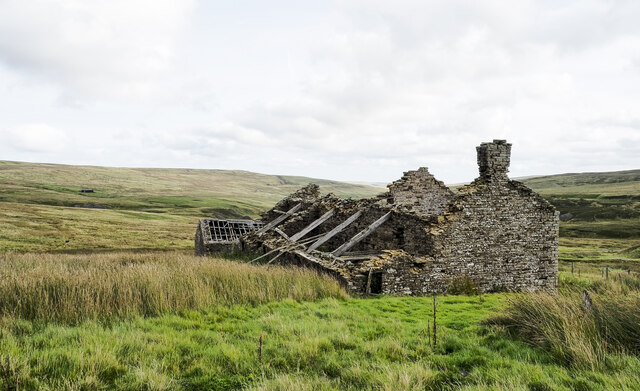
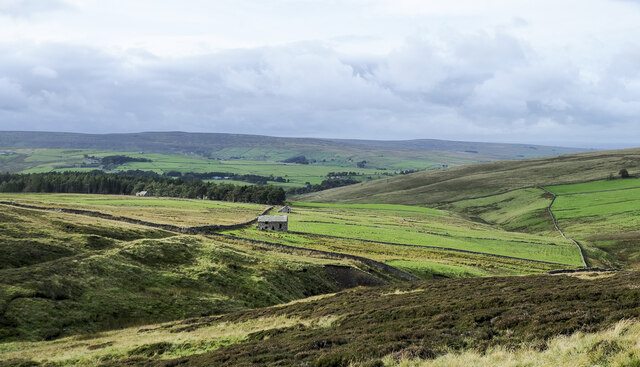
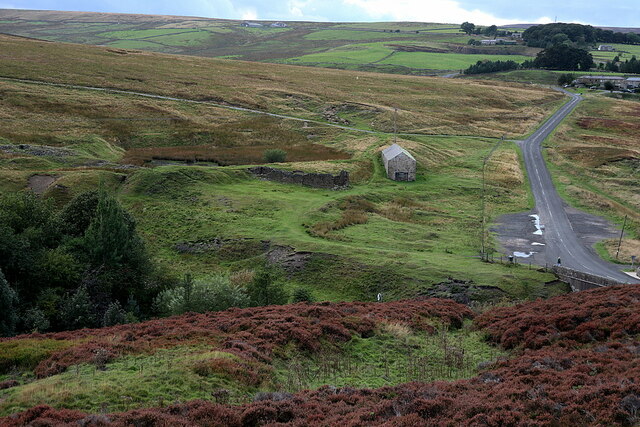
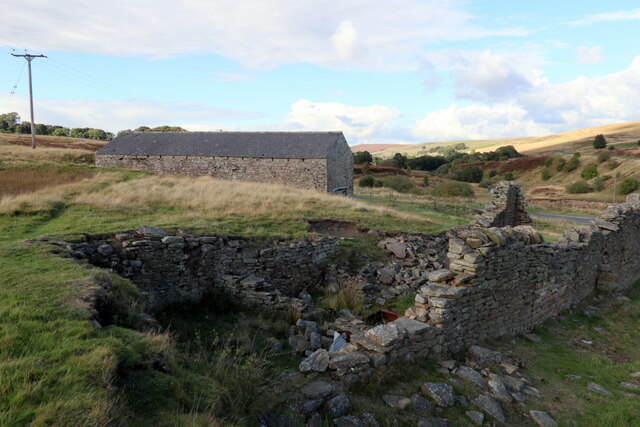
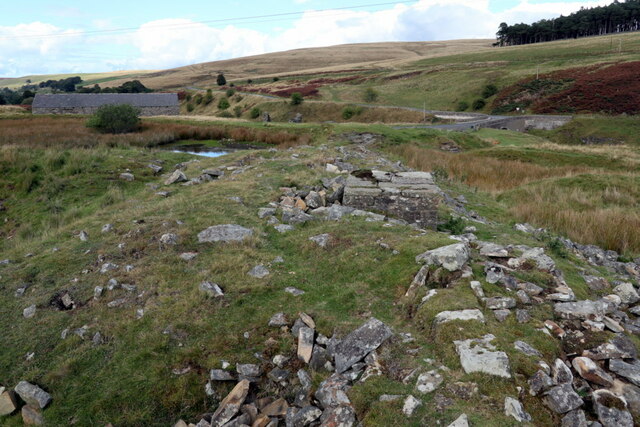
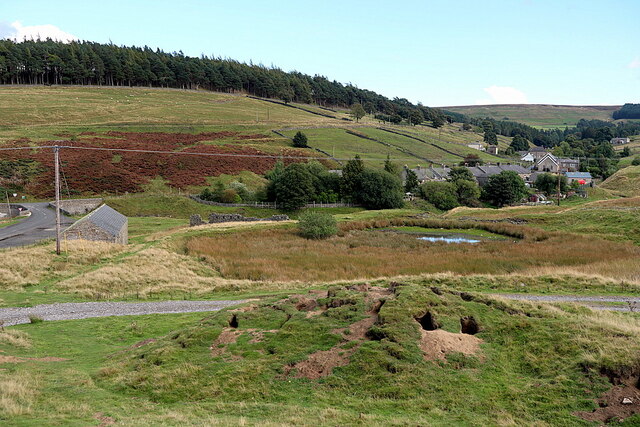
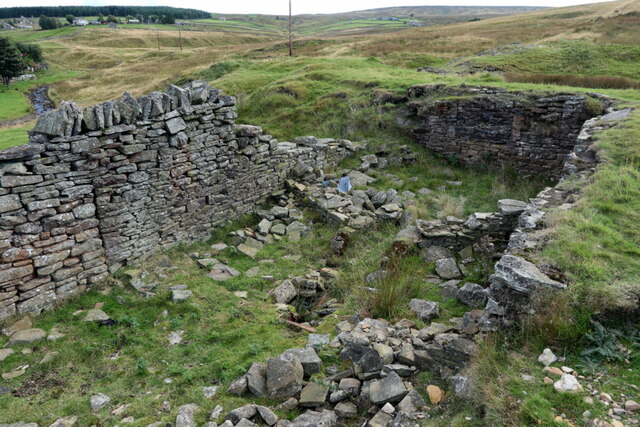
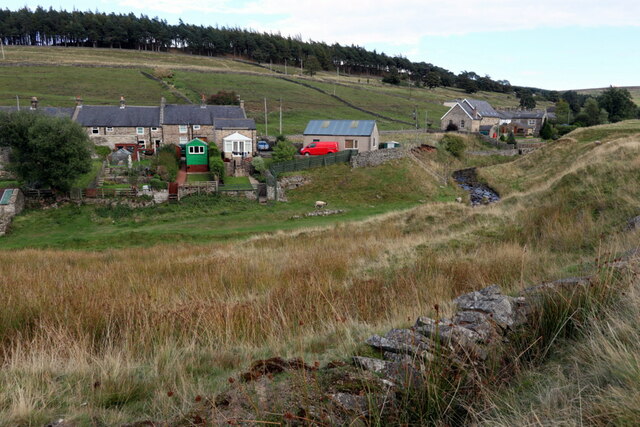
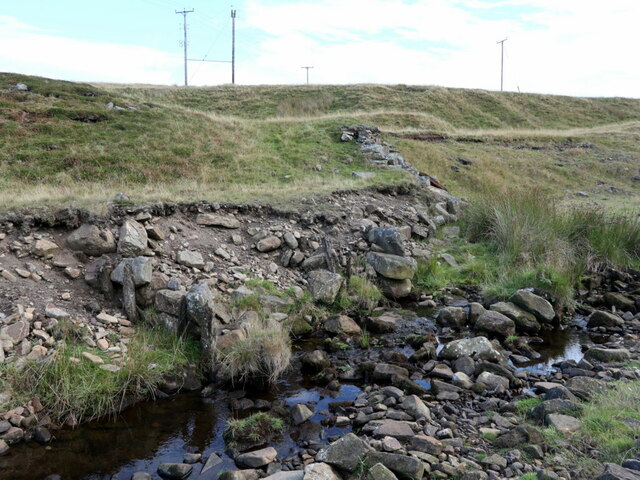
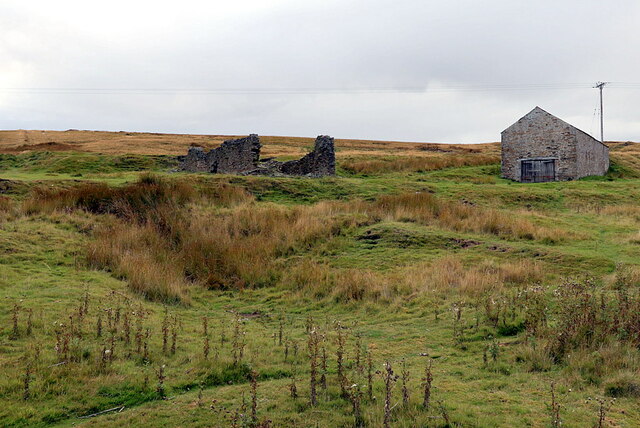
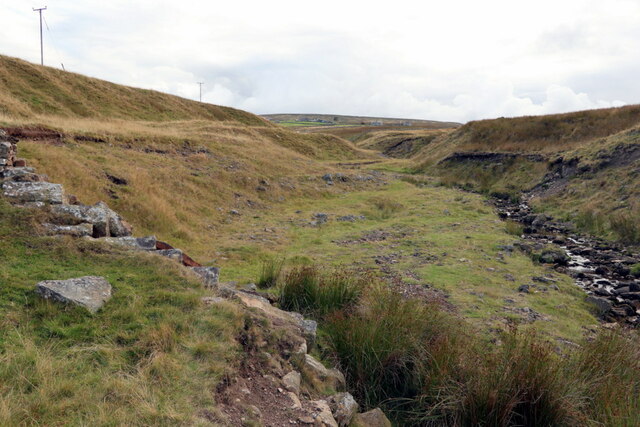
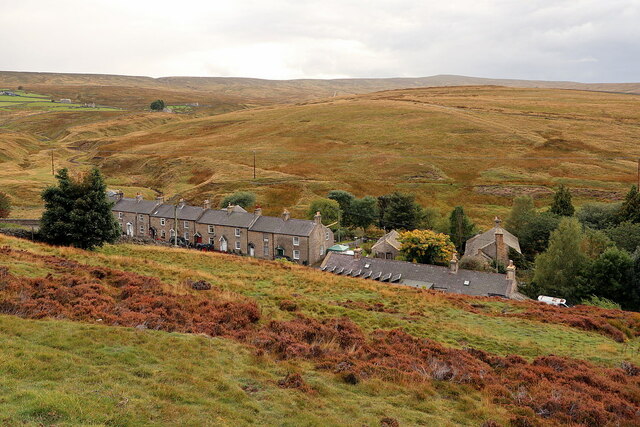
Eastend Reservoir is located at Grid Ref: NY8645 (Lat: 54.801311, Lng: -2.2116628)
Unitary Authority: Northumberland
Police Authority: Northumbria
What 3 Words
///offer.owes.abundance. Near Stanhope, Co. Durham
Nearby Locations
Related Wikis
Allenheads
Allenheads is a former mining village in the Pennines to the north of Weardale in Northumberland, England. Lead extraction was the settlement's industry...
Hexhamshire Moors
Hexhamshire Moors is a Site of Special Scientific Interest covering an extensive area of moorland in the Wear Valley district of north-west County Durham...
Lanehead
Lanehead is a hamlet in the civil parish of Stanhope, in County Durham, England. It lies at the head of Weardale, approximately 2 km west of Cowshill....
Cornriggs Meadows
Cornriggs Meadows is a Site of Special Scientific Interest in Upper Weardale in north-west County Durham, England. It consists of a group of fields, located...
Cornriggs
Cornriggs is a hamlet in the civil parish of Stanhope, in County Durham, England. It is situated on the north side of Weardale in the North Pennines,...
Killhope
Killhope is a small settlement at the very highest end of Weardale in the civil parish of Stanhope, in County Durham, England. Killhope Pass, the road...
Old Moss Lead Vein
Old Moss Lead Vein, also known as Killhope Head, is a Site of Special Scientific Interest in the Wear Valley district of County Durham, England. It consists...
Cowshill
Cowshill is a village in the civil parish of Stanhope, in County Durham, England. It is situated at the top of Weardale, between Lanehead and Wearhead...
Nearby Amenities
Located within 500m of 54.801311,-2.2116628Have you been to Eastend Reservoir?
Leave your review of Eastend Reservoir below (or comments, questions and feedback).
